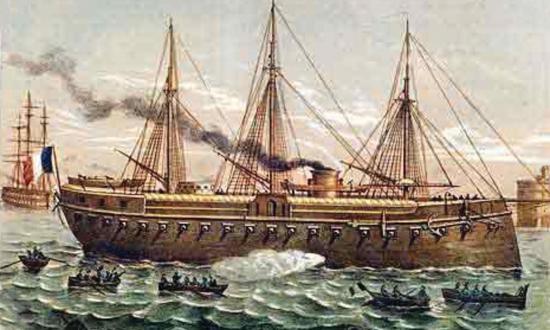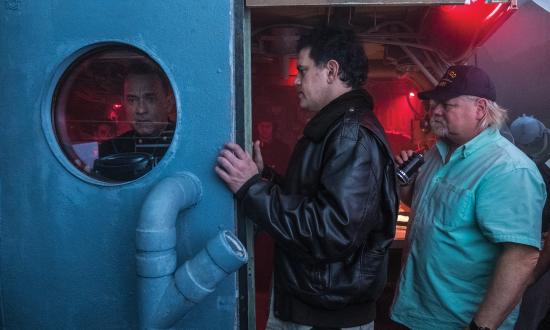There are arch-foes whose names remain forever linked: Montcalm and Wolfe. Holmes and Moriarty. And, of especially enduring interest to us, Nelson and Napoleon. Arguably even more than the obvious Wellington-Napoleon square-off, the Nelson-Napoleon duality resonates through time, for it symbolizes the archetypal friction between sea power (Nelson and Great Britain) and land power (Napoleon and France). We nautical-minded souls can be forgiven for rooting for the one over the other in this historical Army-Navy game. And we always enjoy returning to the well for another hearty draught of Nelsoniana.
In this issue, we take a fresh look at a celebrated tangle between these two titans: the great sea chase of 1798, culminating in the Battle of the Nile. As frequent Naval History contributor Mark Carlson notes in “For Want of Frigates!” the resounding victory Nelson enjoyed in the climactic clash at Aboukir Bay was thanks, in large part, to just plain luck after his blindman’s-bluff pursuit across the Mediterranean. It all could have fizzled in spectacular failure, had Nelson not been the beneficiary of good fortune. But Nelson, if nothing else, was the battle-scarred embodiment of bold—and you know whom they say fortune favors.
Luckily for the Allied cause in World War II, there was plenty of that never-say-die Nelson-style courage to go around. Witness those U.S. Marines who hung tough to the bitter end against the Japanese onslaught of December 1941 on a tiny mid-ocean speck that became remembered as “the Alamo of the Pacific”: Wake Atoll. U.S. Marine Corps historian Colonel Richard Camp offers a fitting tribute here to the Leathernecks of Marine Fighting Squadron 211, who fought the Japanese in the air until they no longer could, then grabbed their guns and kept fighting them on the ground. Their story is ultimately harrowing, but profoundly inspiring. The memories of Wake, and the brave spirit of its defenders, will live on always in Marine Corps lore. As the trailer for the 1942 film Wake Island intones: “They didn’t have enough weapons. They didn’t have enough men. All they had were guts, and each other.”
Whenever the holidays roll around, and a cozy blaze dances in the hearth, we enjoy curling up with a good mystery story, so we offer up an intriguing pair of World War II mysteries for you here: Alan Zimm’s “The Mystery of the Attack on the Utah” delves into a lingering puzzle of Pearl Harbor. (Dr. Zimm, you may recall, is a former Naval History Author of the Year whose December 2016 article “Commander Fuchida’s Decision” refuted some entrenched dogma about 7 December 1941.) And PT-boat historian Charles Jones blows the lid off a long-accepted historical inaccuracy related to the PT base made famous by John F. Kennedy and PT-109. Such sleuthing reminds us that history’s job—getting the real story—is never finished.
The history books certainly have not finished yet with one of the most dynamic (if not polarizing) figures of the Cold War–era U.S. Navy: Admiral Elmo Zumwalt, who took the reins as the youngest-ever Chief of Naval Operations in 1970, a time of much angst and societal disruption within the fleet (and America at large). This latter-day icon is the subject of the First Prize–winning (professional category) entry in this year’s CNO Naval History Essay Contest. The author, U.S. Navy Commander Joel Holwitt, is no stranger to these pages, nor to the winners’ circle; he continues his remarkable CNO Essay Contest streak with this look at lessons learned from “Admiral Elmo.” Congratulations yet again, Commander! Your winning entries are becoming so recurrent that we might have to start calling them H-Grams.
Eric Mills
Editor-in-Chief






